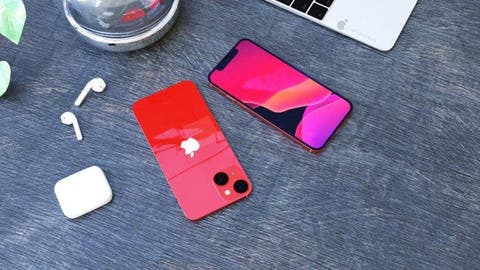Apple has been trying to diversify its supply chain, especially in the display sector. The company can not fully rely on Samsung, of course, Samsung is a competitor. To this end, Apple has been accessing LG and BOE’s potential to join its display supply chain. However, the Chinese manufacturer seems to be struggling to join Apple’s display supply chain. According to reports, Samsung Display and LG Display (LGD) have confirmed that they will supply OLED display to Apple for the iPhone 13.
The iPhone 13 series which will arrive this fall will use flexible OLED panels. However, BOE, which entered the iPhone OLED panel supply chain for the first time last year, has not yet received supply approval.
According to previous reports, Apple will purchase no less than 169 million OLED panels this year. Out of this number, Samsung Display will provide 110 million OLED panels for Apple. In addition, LG Display and BOE will provide 50 million and 9 million OLED panels respectively. However, it appears that BOE’s units will not be for the iPhone 13. Probably, these displays will be for replacement units for the iPhone 12 series and other older iPhones. The 110 million units that Samsung will provide will be for both iPhone 12 and iPhone 13 models.
For now, BOE is yet to get approval to supply OLED displays for the iPhone 13 series. If everything goes according to expectations, the iPhone 13 series will officially launch in September this year. This series will have at least four models including iPhone 13 mini, iPhone 13, iPhone 13 Pro, and Pro Max.
The latest speculation shows that the two high-end Pro models (iPhone 13 Pro and iPhone 13 Pro Max) will exclusively use Samsung’s 120Hz LTPO OLED panel. This display can achieve a variable 120Hz refresh rate. It will automatically change the screen refresh rate depending on the usage scenario. This will effectively improve the battery performance. This is the first time that Apple will be using a screen refresh rate above 60Hz. Its latest iPhone 12 series comes with a display that supports a 60Hz refresh rate.
Samsung Display is one of the world’s largest suppliers of OLED panels and has a dominant position in the small and medium-sized OLED panel market. Apple’s iPhone XS, iPhone XS Max, and iPhone X all use the company’s OLED panels.
As of now, it appears that BOE will find it difficult to properly enter Apple’s display supply chain. Do you think BOE has what it takes to satisfy Apple? Let us know your thoughts in the comment section below
Follow Gizchina.com on Google News for news and updates in the technology sector.

